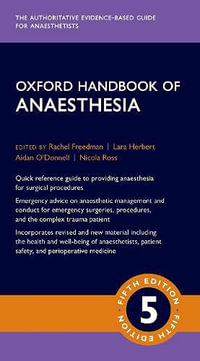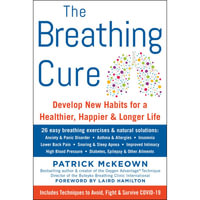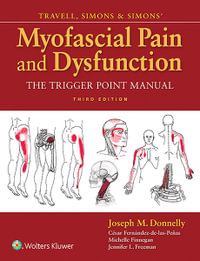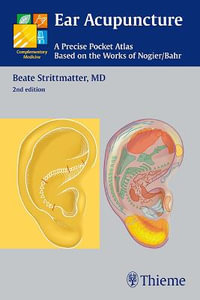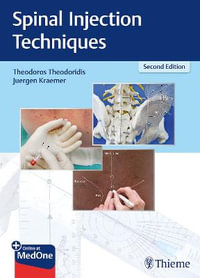| Preface | p. x |
| The Chemical Constituents of Cannabis sativa and the Endocannabinoid System | p. 1 |
| Pharmacology and Medicinal Chemistry of THC | p. 8 |
| Pharmacology of THC | p. 9 |
| Medicinal Chemistry | p. 16 |
| The Pharmacology and Therapeutic Potential of Cannabidiol | p. 32 |
| Receptor Interactions of Cannabidiol | p. 35 |
| Effects of CBD on Central and Peripheral Neurotransmission | p. 42 |
| Fate of Anandamide and Palmitoylethanolamide | p. 43 |
| Anxiolytic and Antipsychotic Effects | p. 44 |
| Anticonvulsant Effects of CBD | p. 46 |
| Neuroprotective Effect of CBD | p. 53 |
| Effects of CBD on the Production of Mediators of Inflammation and Immune Responses | p. 54 |
| Effects of CBD on Cancer Cell Proliferation | p. 59 |
| Effects of CBD on Cytochrome P450 (CYP) Isozymes | p. 60 |
| Effects of CBD on Membrane Fluidity and Stability | p. 61 |
| Other Effects of CBD | p. 62 |
| Interactions between CBD and [Delta superscript 9]-THC | p. 64 |
| Structure-Activity Relationships | p. 65 |
| Cannabinoid Receptors and Signal Transduction | p. 84 |
| CB[subscript 1] Receptor and Signal Transduction Pathways | p. 84 |
| CB[subscript 2] Receptor and Signal Transduction Pathways | p. 87 |
| Endothelial Anandamide Receptor: Pharmacology and Signal Transduction Pathways | p. 88 |
| Mechanism of Receptor-Mediated G Protein Coupling | p. 88 |
| Endocannabinoids | p. 98 |
| Discovery of the Endocannabinoids | p. 99 |
| Quantitative Analysis of Endocannabinoids in Mammals | p. 100 |
| Biosynthesis, Action and Inactivation of Endocannabinoids | p. 101 |
| Possible Physiological and Pathological Functions of Endocannabinoids in the CNS--An Overview | p. 113 |
| Endocannabinoids: Relax, Eat, Rest, Forget and Protect | p. 118 |
| Chemistry and Structure Activity Relationships for Tetrahydrocannabinols and Endocannabinoids | p. 131 |
| Endocannabinoids | p. 138 |
| Pyrazole Based Antagonists | p. 141 |
| Cannabinoids and Medicine: Eating Disorders, Nausea and Emesis | p. 147 |
| Endocannabinoids and the Physiological Regulation of Appetite and Body Weight | p. 147 |
| Disorders of Appetite and Body Weight | p. 150 |
| Obesity | p. 150 |
| Cachexia, Anorexia and Malnutrition in Disease | p. 152 |
| Nausea and Emesis | p. 155 |
| Cannabinoids and Medicine II: The Role of Cannabinoids in Multiple Sclerosis and Neuronal Damage | p. 161 |
| Multiple Sclerosis | p. 162 |
| Head Injury and Stroke | p. 167 |
| Glaucoma | p. 169 |
| Parkinson's Disease | p. 170 |
| Huntington's Disease | p. 171 |
| Motor Neuron Diseases | p. 172 |
| Alzheimer's Disease | p. 173 |
| Endocannabinoids and Related Fatty Acid Derivatives in Pain Modulation: Behavioral, Neurophysiological and Neuroanatomical perspectives on Cannabinoid Antinociception | p. 181 |
| Functional Significance of a Cannabinoid Transmitter System | p. 181 |
| Subtypes of Cannabinoid Receptors | p. 182 |
| Endocannabinoids | p. 182 |
| Cannabinoid Receptor Pharmacology | p. 183 |
| Antinociceptive Effects of Cannabinoids | p. 183 |
| Cannabinoid-Induced Suppression of Nociceptive Transmission | p. 183 |
| Spinal and Peripheral Cannabinoid Antinociceptive Mechanisms | p. 184 |
| Evidence for Endocannabinoid Modulation of Nociception at the Supraspinal Level | p. 187 |
| Role of Other Endocannabinoids and Related Fatty Acid Derivatives | p. 189 |
| Localization of Cannabinoid Receptors and mRNA | p. 190 |
| Cannabinoid Receptor Distribution on Central Terminals of Primary Afferents | p. 193 |
| Endocannabinoids and Alcohol Drinking Behavior | p. 205 |
| Endocannabinoids and Brain Reward Mechanisms | p. 205 |
| Endocannabinoids As Regulators of Alcohol Preference | p. 206 |
| Age-Dependence of Alcohol Preference and Endocannabinoid Signaling in Mice | p. 207 |
| Endocannabinoids and Alcohol-Withdrawal | p. 209 |
| A New Hypothesis | p. 209 |
| Index | p. 213 |
| Table of Contents provided by Rittenhouse. All Rights Reserved. |

